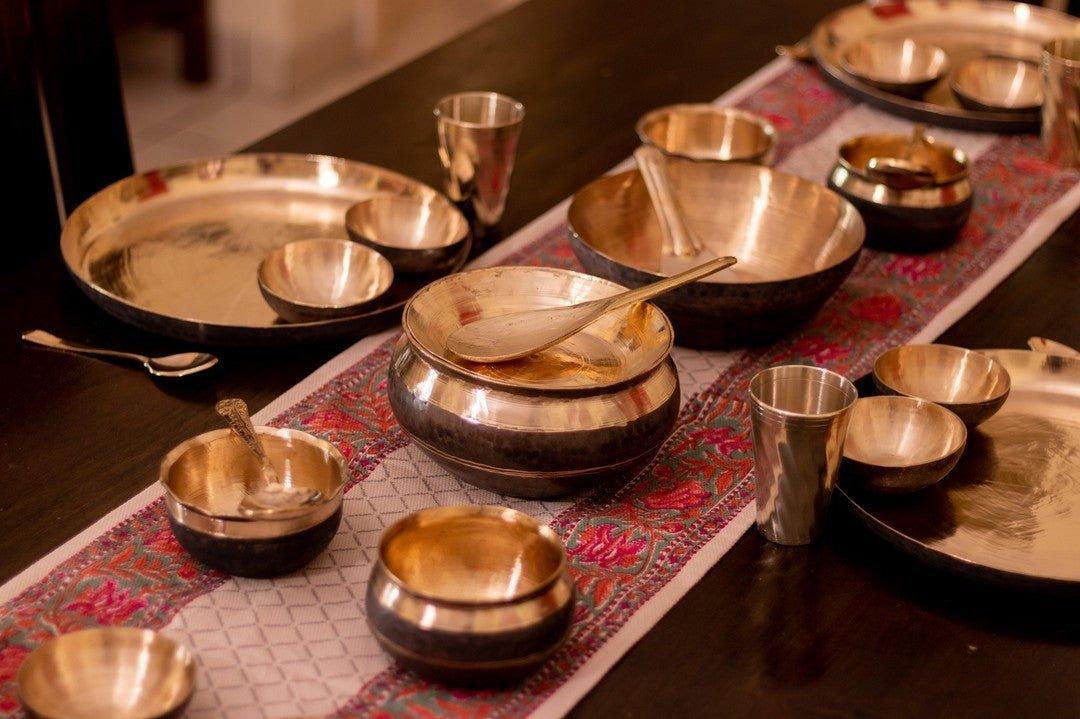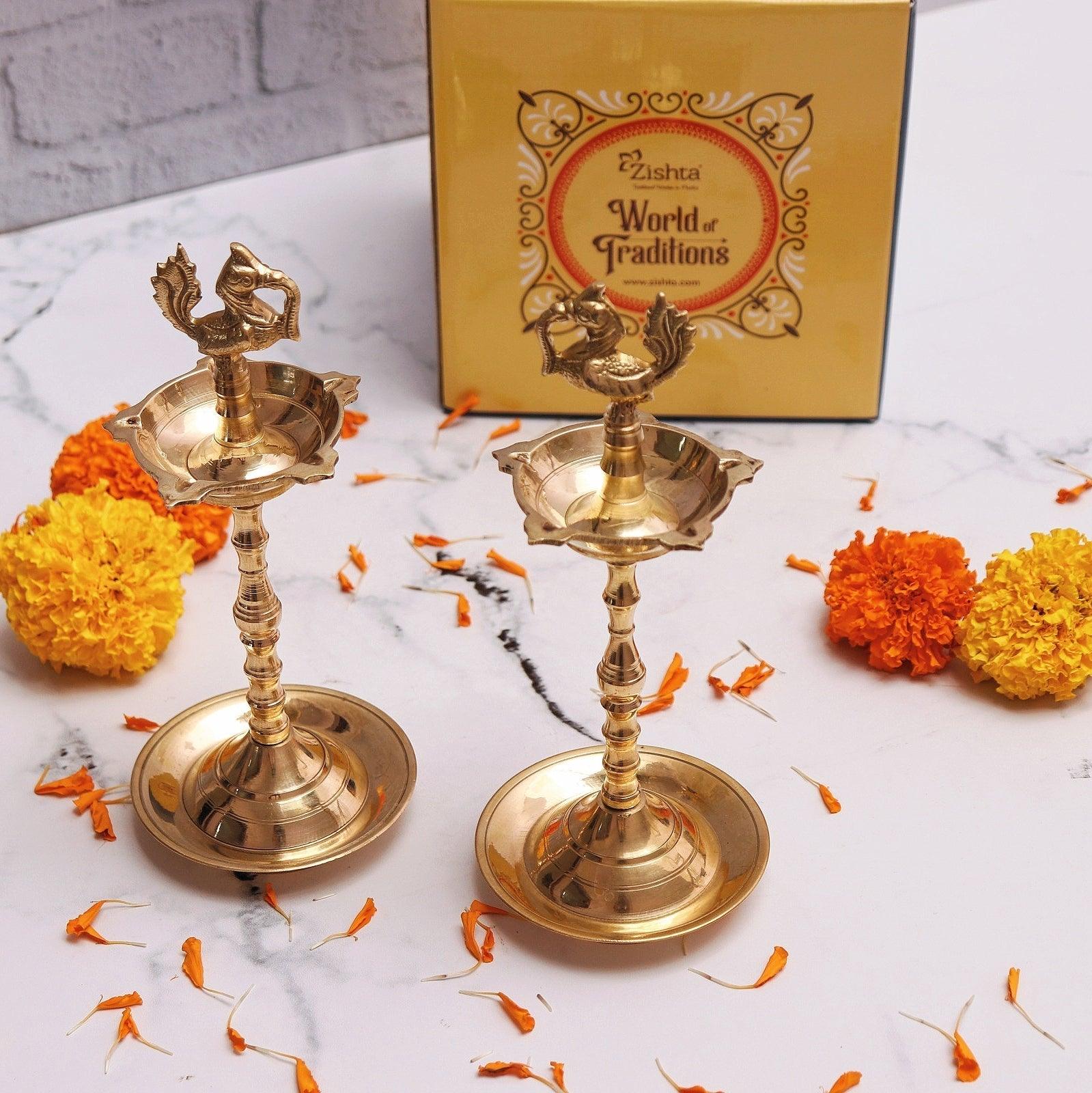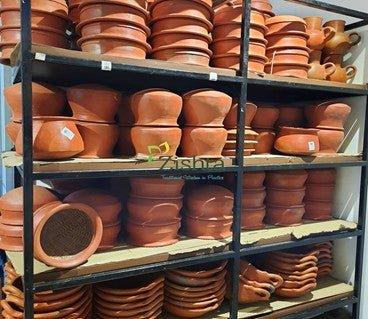Many of us have fond memories of our grandmother's kitchen and the delicious meals that were cooked there. The sight, smell, and taste of a grandmother's cooking are often deeply connected to our childhood memories and evoke feelings of comfort, love, and nostalgia. It was a place where we learned how to cook, where we were first introduced to new food and flavors and were able to bond with our grandparents, aunts, uncles, cousins over a shared love of food.
For many of us, the memories of our grandmother's kitchen are a precious reminder of simpler times, when meals were cooked with love and enjoyed together with family. These memories continue to inspire us to cook and share meals with those we love, keeping the traditional kitchen alive for generations to come.
The idea of re-creating a traditional kitchen in line with what you would have found in your grandmother’s home in modern homes is an endeavor that excites many of the readers. A traditional kitchen is a dream for many, riddled with doubts and questions as to how to proceed with the same.
Let us look at the various aspects of a traditional kitchen:
- Stove: A traditional Indian chulha, is a clay or mud stove that is fueled by wood, charcoal, or cow dung cakes.
- Utensils & Accessories: A variety of utensils are used in a traditional Indian kitchen depending on the kind of cooking; a heavy-bottomed pans (kadai), wok (tawa), pots, and pans, as well as stone grinders.
-
Spices Storage: Spices play a critical role in traditional Indian cooking, with a wide range of whole and ground spices used to add flavour, aroma, and heat to dishes. Some common spices include cumin, coriander, turmeric, cinnamon, cardamom, and mustard seeds.

- Ingredients Storage: A traditional Indian kitchen will also typically be stocked with a range of staple ingredients, such as rice, lentils, wheat flour, ghee, and oil.
- Serving dishes: A variety of serving dishes, such as metal plates and bowls, are used to serve and eat food in a traditional Indian home.
These components, along with traditional cooking techniques, make up the foundation of traditional Indian cuisine and help to preserve the cultural heritage and flavor of this rich and diverse cuisine.
What are different elements of a traditional kitchen
The below elements are considered part of the traditional home in the journey of different cultures and culinary development:
- Clay /Earthen ware and Stone cookware have been in existence for more than 15000 years across civilizations and have played a great role in cooking early on.
- Iron started with the iron age and since then have been an integral part of the traditional cooking techniques.

- Bronze Age brought about the use of bronze cookware and serve ware that would enhance our traditional kitchen spread.
- Use of Copper and Brass utensils dates to 1000s of years and have been a great inclusion as a cookware, serve ware and for storage.
- Wooden accessories such as ladles, handles, chakla belan have always been an integral part of the traditional home for centuries.
What has changed in the modern kitchen
If you look at the list shared above and what you observe in our daily lives, we see three aspects of the traditional kitchen which has made some dramatic transformation over the years:
- The cooking medium has changed from primitive fuels to energy efficient gas burners and more modern aspects of induction, microwave and hot plates cooking.
- Utensils and accessories have made a dramatic shift reducing the time for preparation and cooking. Now some traditionalists consider that as a compromise of authentic taste for speed and time. There is obviously a distinct taste to cooking when done using a mortar pestle than electric grinders. Also with respect to cookware, we have moved away from traditional cookware like clay, brass to stainless steel and non-stick cookware.
- Storage in modern homes have moved away from traditional natural elements to more artificial plastic and glass containers.
Kick-starting your Kitchen Transformation
Before we get into the aspects of transforming your kitchen, you need this transition to be as natural as possible, so you are excited and comfortable with the decision. We have many aspects that can be changed with respect to cookware, storage and accessories. While formulating your plan check some of these aspects:
- What kind of cooking medium is being used. Especially with the advent of induction-based cooking there are induction converter plates available in market which would enable you to use traditional cookware in these stove tops as well.
- Available space in your kitchen. Modern kitchens optimize the space used for storage. Most kitchens are much smaller than what it used to be. Make sure you get the right kind and size of not just cookware but some of the storage containers as well.
- Your comfort with level of mechanization and human work you are willing to work with. For e.g you could look at a silbatta for grinding which would give great taste through the grinding process. If you do not have enough space or time, then it’s better to work with an electric grinder to get the job done.
Few pointers while transitioning to a traditional kitchen:
- Start Small: Go for the low hanging fruits like management consultants say. This involves certain aspects of behavior change and needs to be done in such that you are comfortable with the transition. It is best to start with changing a few aspects of your cookware to begin with, get comfortable and then take the next step. Take reasonable steps to reduce the pinch financially as well.
- Mix and Match: Do not make your transition unidimensional to just one form of traditional range. Infuse your home with a good healthy mix of different materials. Clay, Iron & Cast Iron, Stone, Bronze, Brass/Copper etc. This mix is a great way to make sure different health benefits accrue over time.
- Understand limitations: Invest time to understand certain limitations as well so you can effectively use different materials. Example, ensure Tin coating or kalai is done when you buy a Brass or Copper cookware.
Intangibles of a Traditional Kitchen
Cooking in a traditional kitchen can be a truly enjoyable experience for many people. There are several reasons for this:
- Connecting with tradition: Cooking in a traditional kitchen can help you connect with your cultural heritage and the food traditions of your ancestors.
- Improving cooking skills: It can help you hone your cooking skills and improve your technique, as you learn from the experiences of previous generations.
- Creating a warm atmosphere: The sight, smell, and sound of a traditional kitchen can create a warm and inviting atmosphere, making cooking a more enjoyable and social experience.
- Enjoying delicious food: Of course, one of the biggest benefits of cooking in a traditional cookware is being able to enjoy delicious, authentic, and wholesome food that is full of flavor and nourishing to the body and soul.
Overall, cooking in a traditional kitchen can be a truly enriching experience that allows you to connect with your cultural heritage, improve your cooking skills, and create delicious, wholesome food for you and your loved ones to enjoy.




3 comments
Noormohammad
Anantapur Kalyan durgam road Raja function hall in main road
Sumati Basumatary
High price
RAMNEEKRATTAN
मुझे पांच व्यक्तिओ के लिए काँसे के खाने के बर्तन और उन्हें परोसने के लिए बर्तन चाहिए आप मुझे आप इन बर्तन की फोटो बर्तनो का पर बर्तन भार रेट बताने का कष्ट करे सही दाम पर शुद्ध क्वालिटी
Leave a comment
All comments are moderated before being published.
This site is protected by hCaptcha and the hCaptcha Privacy Policy and Terms of Service apply.